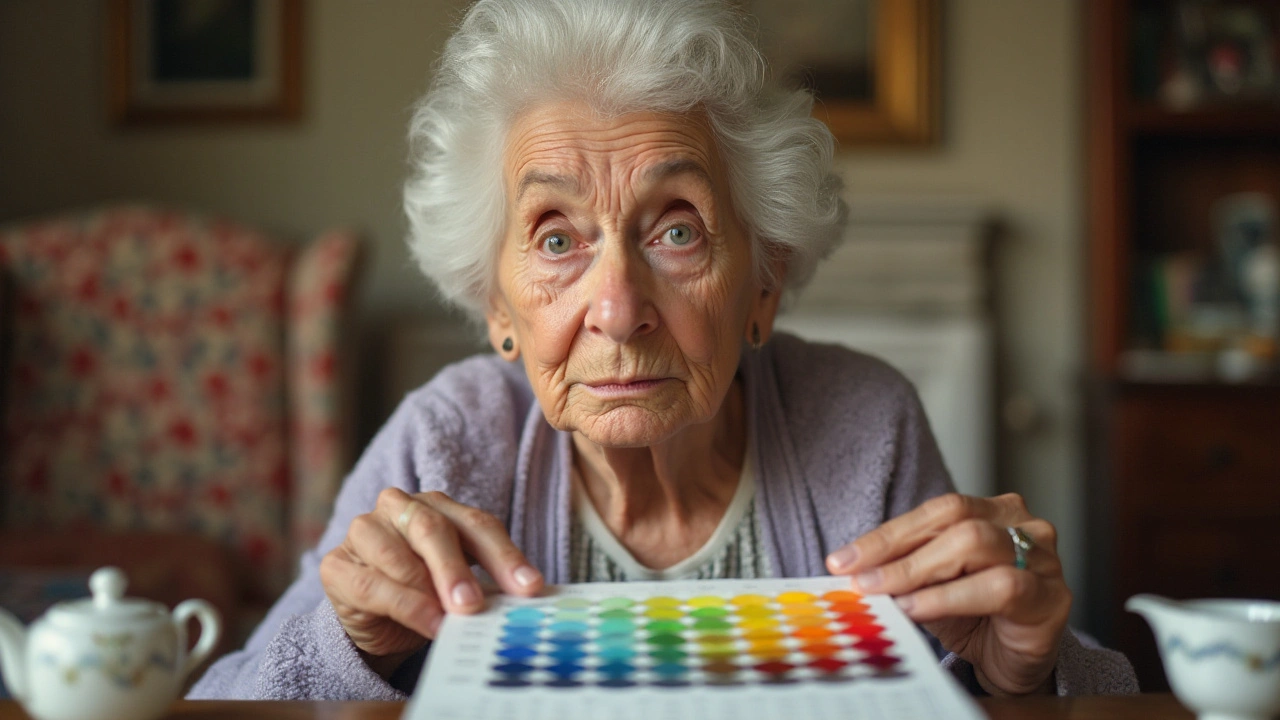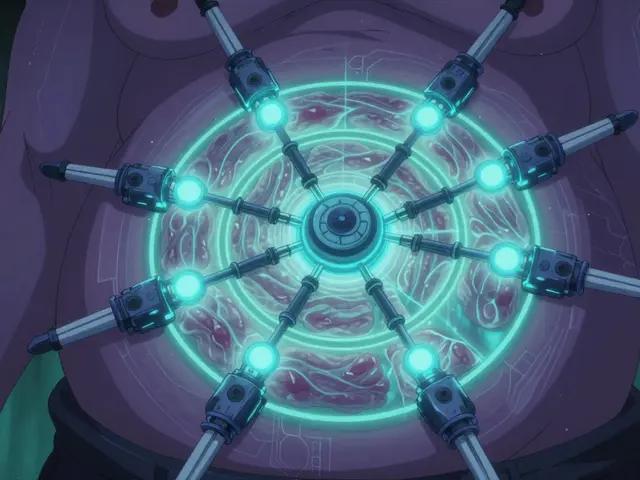Color vision: what it is and how to deal with problems
Color vision lets you tell colors apart. Most people use three cone types in the retina—red, green, and blue—to see a full color range. When one or more of these cone types work differently, colors look faded, mixed up, or missing. That’s called color vision deficiency, often called color blindness.
Genetic color deficiencies are common and usually present from birth. Men are affected far more often because most color genes sit on the X chromosome. You can also lose color vision later in life due to eye disease, medications, head injury, or neurological conditions. Diabetes, glaucoma, macular degeneration, and certain drugs can change how you see color.
How professionals check color vision
Simple tests like Ishihara plates spot red-green issues fast. For more detail, clinicians use the Farnsworth-Munsell 100 Hue test, anomaloscope, or computer-based tests that measure which wavelengths confuse you. Many optometrists and eye clinics offer these tests. There are also validated apps you can use at home, but they don’t replace a full exam.
Practical tips and helpful tools
If you have trouble with color, small changes make life easier. Label clothing with tags or icons, organize tools by location rather than color, and use high-contrast settings on phones and computers. Color ID apps can speak color names, and accessibility settings let you add patterns or bold outlines to charts and maps. For some people, specially tinted lenses or filters (including commercially sold color-correcting glasses) help distinguish certain hues—results vary by person and type of deficiency.
At work, ask for charts or documents that don’t rely only on color. Teachers can use patterns and labels on classroom materials. Employers are legally required in many places to provide reasonable accommodations when color vision affects job performance—talk to HR or an occupational specialist to find solutions that fit your role.
When to see a doctor? Book an eye exam if color changes happen suddenly, get worse, or come with vision loss, pain, or flashes. Sudden color change can signal medical problems that need prompt attention. For lifelong color differences, an eye care professional can confirm the diagnosis, test severity, and recommend useful tools or referrals.
Kids often don’t notice they see colors differently until school tasks reveal problems. Early testing helps with learning and safety. If you’re curious about genetics, a genetic counselor can explain inheritance and family planning options.
Assistive tech keeps getting better. Many phones now read colors aloud and smart labels can tell you product colors. Apps can map confusing palettes to clear names for designers and teachers. For some inherited deficiencies, experimental treatments like gene therapy have shown early success in trials, restoring cone function in animals and few human cases. Ask your eye doctor about clinical trials if you want to explore options.
Want more practical guides and reviews for tools that help with color vision? Browse our posts tagged “color vision” for tests, gadget reviews, and tips that people actually use every day.


